Did you know one of your dogs biggest fears is being left alone?
It’s a common condition called separation anxiety.
And it can result in some devastating behaviours. Which are known to include destruction of your family furniture.
While some dogs show physical signs of anxiety, like drooling or shivering. What’s worrying is most pet parents don’t know if their dog has it.
In fact, research shows that half of dogs who struggle when they’re left alone don’t show any signs.
With most finding out when it’s too late.
That’s why we’ve put together this post.
To help you understand if your dog could be at risk and share some simple tips for dealing with it.

What Causes Separation Anxiety?
Separation anxiety can have many triggers.
Some dog breeds are more naturally inclined to become anxious when left alone. This includes Labradors, German Shepherds and Toy Poodles.
Others develop symptoms later in life.
One big reason dogs develop separation anxiety is a new change or routine.
This could be a house move, a family member moving out, or a sudden change in how often the dog is left alone.
And with our dogs getting used to having us at home, the number of them beginning to suffer with separation anxiety is increasing.
Read on to find out what tell tale signs to look out for, and how to help…
How To Spot Separation Anxiety
It might be obvious that your dog struggles to be left alone.
But in some dogs the signs can be subtle.
We’ve listed some of the most common clues below…
Toileting In The House
It’s unusual for adult dogs to soil the house, especially if they’re well trained.
If your dog only does this when you leave them alone, it could be caused by separation anxiety.
Vocalisation
A very common sign that your dog suffers from separation anxiety is barking and howling when you leave.
You might not even know that your dog does this, unless your neighbours tell you.
Barking and howling caused by anxiety will be continuous and will probably only stop once you’ve arrived home.
Chewing Or Destroying Parts Of Your Home
Destruction is another telltale sign of separation anxiety in your dog.
This could be chewing or destroying furniture, their bed or toys.
It is also common to bite, chew or scratch at the door you left out of or destroy the doormat of the front door.
Pacing
This sign of separation anxiety can be hard to spot, because you won’t be able to take note of it when you’re not inside the house.
Usually, an anxious dog will pace in a certain pattern or walk around a room in circles.
Vomiting
A general symptom of anxiety in dogs is vomiting and an upset stomach.
If your dog seems to suffer from this on days where they are left alone for a period of time, it could be due to separation anxiety.
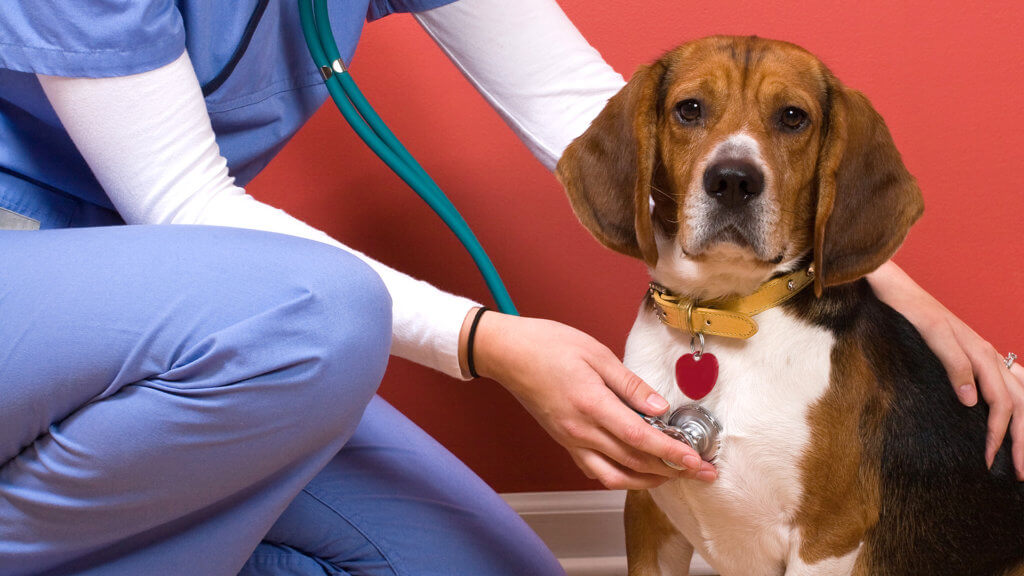
Is It Really Separation Anxiety Or Something Else?
All of the symptoms we listed above are signs of separation anxiety, but they can also go hand in hand with other conditions.
Before concluding that your dog has separation anxiety, make sure to check any concerning symptoms with a trusted veterinarian. They will be able to rule out any other problems.
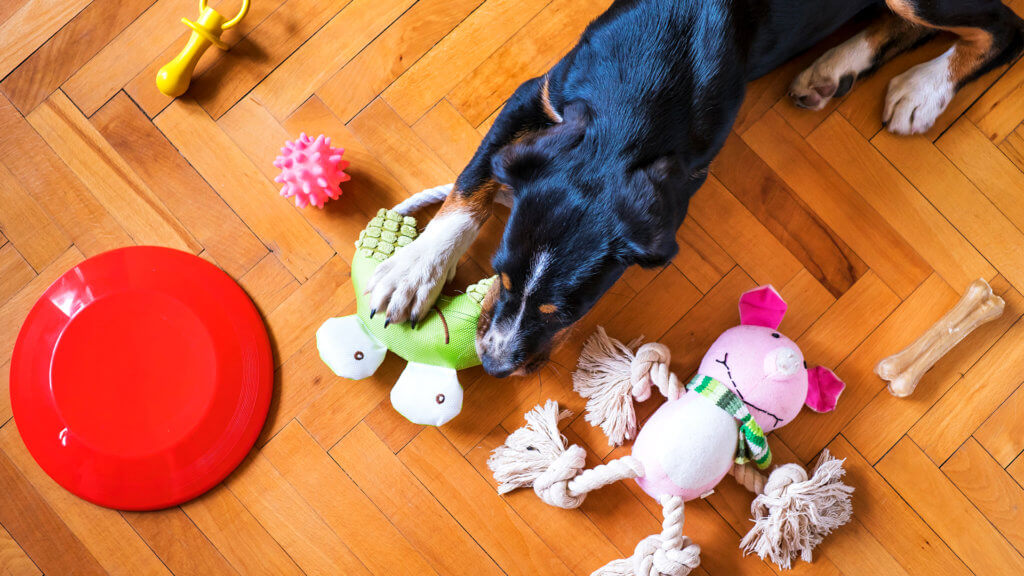
How To Help Your Dog With Separation Anxiety
Luckily, there are lots of ways to help your dog’s separation anxiety and keep them calm when you’re not at home…
Stimulating Toys
Sometimes, having a toy to distract your dog can work wonders in preventing disruptive behaviours caused by anxiety.
A stuffed kong, especially if you freeze it first, can be a tasty and fun way to keep your dog entertained for an hour or more.
Puzzle feeders, where your dog has to work out how to release tasty treats, are another great stimulation toy that can work for this.
Or, you could try a chew, to give your dog something to destroy other than your furniture!
Just make sure that any toy you buy is robust enough for the size and strength of your dog.
If you’re looking for some more detail on how to entertain your dog indoors, checkout our earlier post here.
Burn Off Excess Energy
Try to take your dog for a walk before you’re going to leave them alone. This will tire them out and mean that they are much more likely to lie down and relax once you’re gone.
If you can’t get a walk in before leaving, play fetch for a little while, or play with one of their toys.
Anything that burns off their excess energy will make them likely to relax… and therefore become less agitated when you leave.
Create A Safe Space
If your dog stays in a crate while you’re out of the house, it can help them to feel safer and more secure.
This is because it helps them feels protected from outside distractions.
You could even cover the crate with blankets to shut out any noise or disturbances from outside.
If you don’t use a crate, try to leave your dog in a room where they can feel safe.
Closing the curtains or blinds can minimise any distractions from cars or people outside.
Use A Dog Sitting Service
Dog sitting services are becoming more and more popular.
They’re a great help for pet parents that don’t like leaving their dogs alone for any period of time.
There are several types of dog sitting. That can cater to different budgets and needs.
Some offer dog walking, others might keep your dog company in your own home.
And some provide care for your dog within their home.
All of these options can be a great help to dogs that suffer with separation anxiety.
By easing the stress they feel at you being away.
Try A Relaxing Supplement
Relaxing supplements come in many forms and can be helpful in keeping your dog calm.
They work by calming your dog’s biology at a base level.
This is one of the reasons we’ve created Relax+Restore.
Relax+Restore is a brand new natural calming product for dogs with no nasties – perfect for promoting relaxation in nervous, fearful or restless dogs.
And it works incredibly well for pets suffering with anxiety.
Relax+Restore is loaded with 7 of the most naturally calming super nutrients available to provide your dog with a relaxed energy. Plus an extra burst of vitamins designed to protect dogs against the negative effects of stress.
Simply feed your dog the recommended number of chews on days where their anxiety might be high.
Learn more about Relax+Restore and it’s breakthrough formula by clicking here.
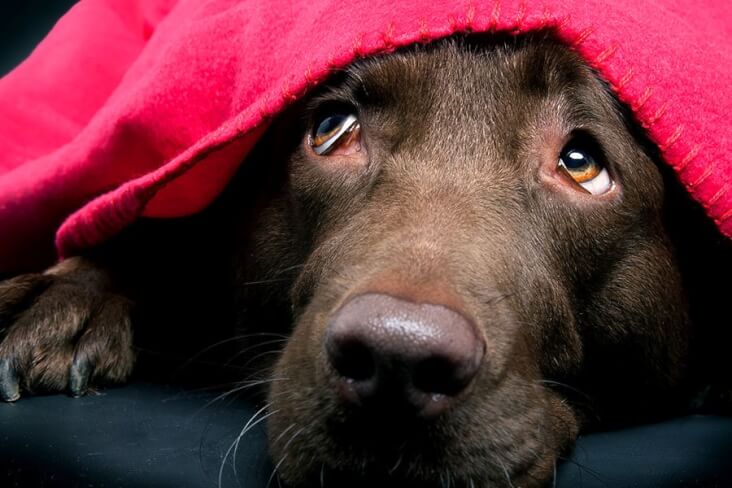
What Not To Do
However naughty and disruptive your dog becomes when you leave the house, the most important thing is to not punish them.
Your dog can’t associate your anger with previous behaviour.
It will just cause increased anxiety next time you go out – because your dog will be fearful of what will happen when you return.
Symptoms like drooling, pacing and destroying furniture or toys can then become worse.
Try not to let your annoyance show.
Instead, start trying to help your dog’s separation anxiety to improve their behaviour.
When To See A Professional
If you’ve tried methods to reduce your dog’s separation anxiety, but aren’t seeing any improvements, you might need professional help.
You should talk to your personal veterinarian.
They can make personalised recommendations for you both. This might include medication to relax your dog, or a referral to a pet behaviourist.
They can get to the bottom of the problem, and help to treat the underlying cause.
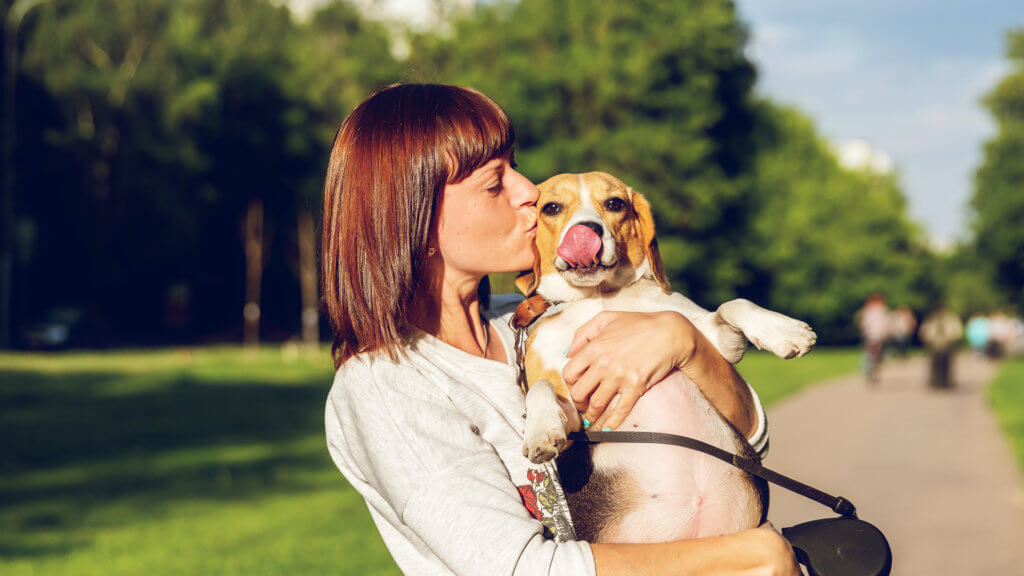
A Few Final Tips…
Separation anxiety is a very common problem for dogs…
Luckily this makes it easy to treat.
The most important thing to remember is that you shouldn’t punish your dog for their anxious behaviour.
Instead, try our top tips or contact a professional who can help you work through the issues and find a solution to the problem.
In time, your dog’s anxiety will often become more manageable.
References
https://www.rspca.org.uk/adviceandwelfare/pets/dogs/behaviour/separationrelatedbehaviour/treatment
https://www.rspca.org.uk/adviceandwelfare/pets/dogs/behaviour/separationrelatedbehaviour
https://www.aspca.org/pet-care/dog-care/common-dog-behavior-issues/separation-anxiety
https://shopuk.furbo.com/blogs/knowledge/10-dog-breeds-with-the-worst-separation-anxiety#:~:text=If%20you’re%20looking%20for,have%20to%20leave%20them%20alone.



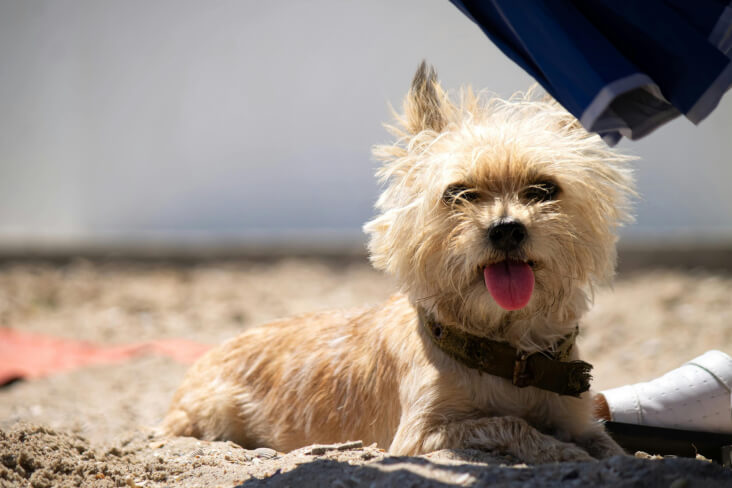
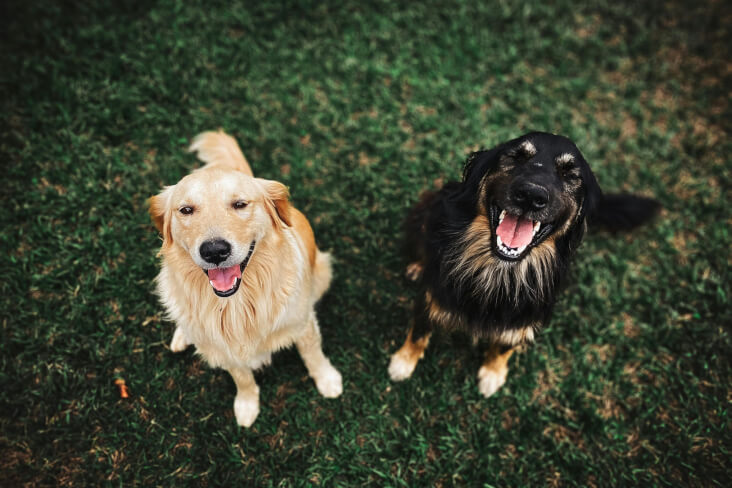
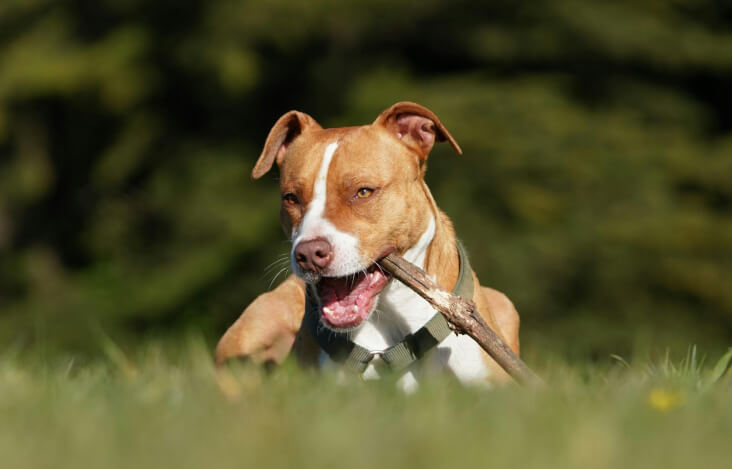

Comments